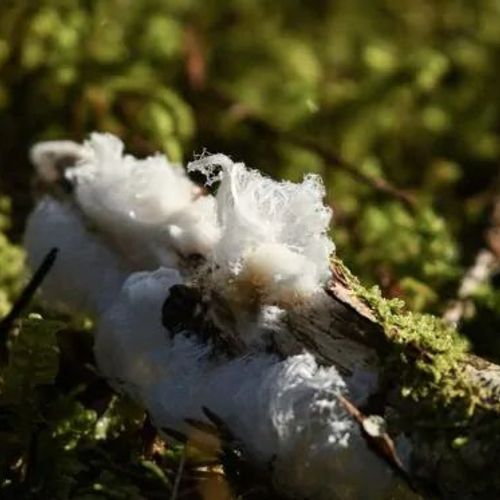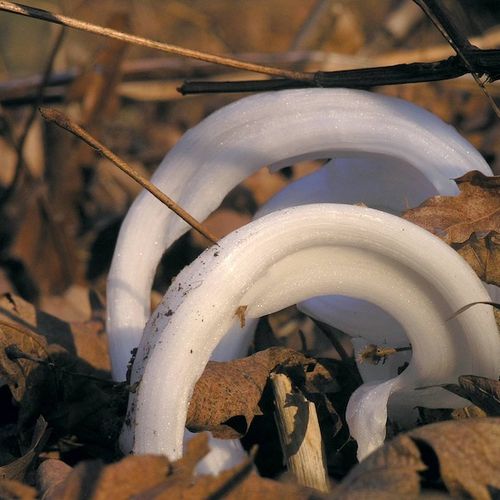
| Added | Thu, 09/12/2021 |
| Источники | |
| Дата публикации | Thu, 09/12/2021
|
| Версии |
In the Central Forest State Natural Biosphere Reserve in the Tver region, a rare natural phenomenon was photographed - the so-called "ice beard".
When the temperature drops slightly below zero at night and it is quite humid in the forest, you can see "icy hair" enveloping old tree branches. They were first described in 1918 by the outstanding German polar explorer, geophysicist and meteorologist Alfred Wegener, known as the creator of the "drifting continents" hypothesis. He suggested that a certain mushroom is most likely involved in the formation of such forms of ice.
In 2015, scientists studied the phenomenon of the "ice beard" using modern research methods and confirmed Wegener's theory. Each of the silky hairs has a diameter of about 0.02 millimeters and a length of up to 20 centimeters. The hair is brittle, but has the shape of curls and waves. They can keep it for hours, and sometimes for days.
It is possible to observe the crystallization process on one sample for several years. In the studied wood samples, the fungus Exidiopsis effusa was identified as the key to the formation of hair ice. It was found on all the wood under study. If you exclude the influence of the fungus with a fungicide or hot water, then "ice hair" will not form. So, it is the fungus, according to research, that turns ice into fine hairs. However, it is still not known exactly how he does it.
Новости со схожими версиями
Log in or register to post comments




